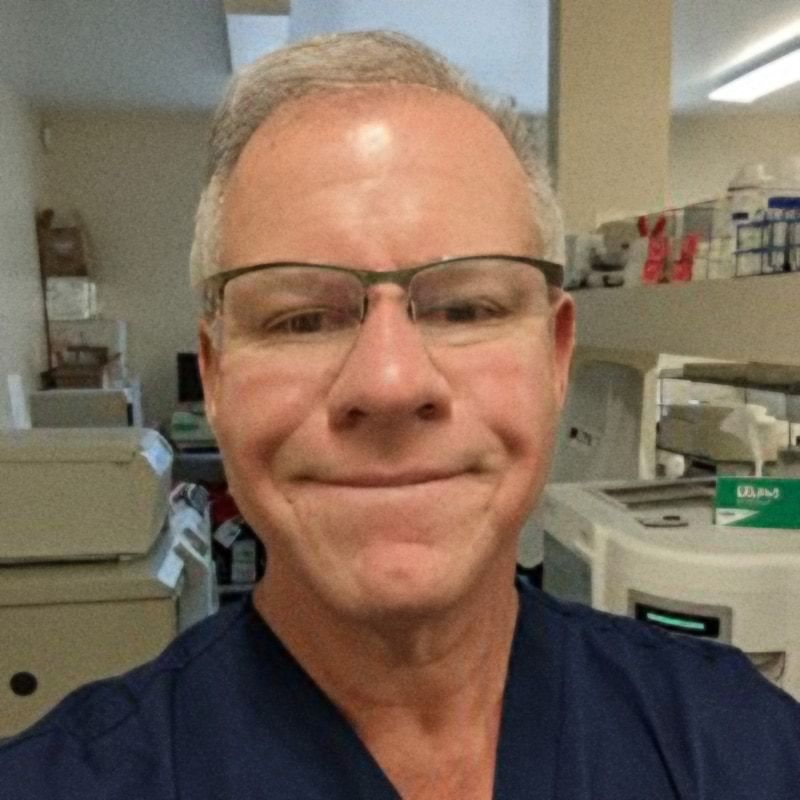Hitchhiking Stem Cells Injected into the Bone Marrow Find a Fracture Site and Promote Greater healing
Interesting paper out yesterday which illustrates how stem cells work. Stem cells have been known to “home” to an area of injury. In the case of bone marrow stem cells, since they live in an environment where they can easily hitch a ride to almost any part of the body (because the bone marrow space communicates with the veins and arteries), they can find almost any tissue that might be damaged, thus “hitchhiking stem cells”. In this case, the researchers created a fracture in the jaw bone of an animal model. They injected some animals with more bone marrow stem cells into their bone marrow cavity at a site distant to the jaw. They also had a second group of animals they didn’t inject. The animals that got the extra stem cells in the bone marrow had better healing of the jaw fracture than those who got no extra stem cells. How would this work? An injured area emits chemical signals from damaged and dying cells that are picked up by the stem cells in the bone marrow. The body then sends more stem cells into the blood circulation where they are able to find the damaged site based on these signals. The implications of this study are interesting. While it’s likely better to place the stem cells into the fracture line directly (we routinely do this with non-healing fractures by injecting the cells into the fracture under x-ray), when that can’t be done for technical reasons, you can just park stem cells in the bone marrow somewhere else and let the body do the heavy lifting!

NOTE: This blog post provides general information to help the reader better understand regenerative medicine, musculoskeletal health, and related subjects. All content provided in this blog, website, or any linked materials, including text, graphics, images, patient profiles, outcomes, and information, are not intended and should not be considered or used as a substitute for medical advice, diagnosis, or treatment. Please always consult with a professional and certified healthcare provider to discuss if a treatment is right for you.

